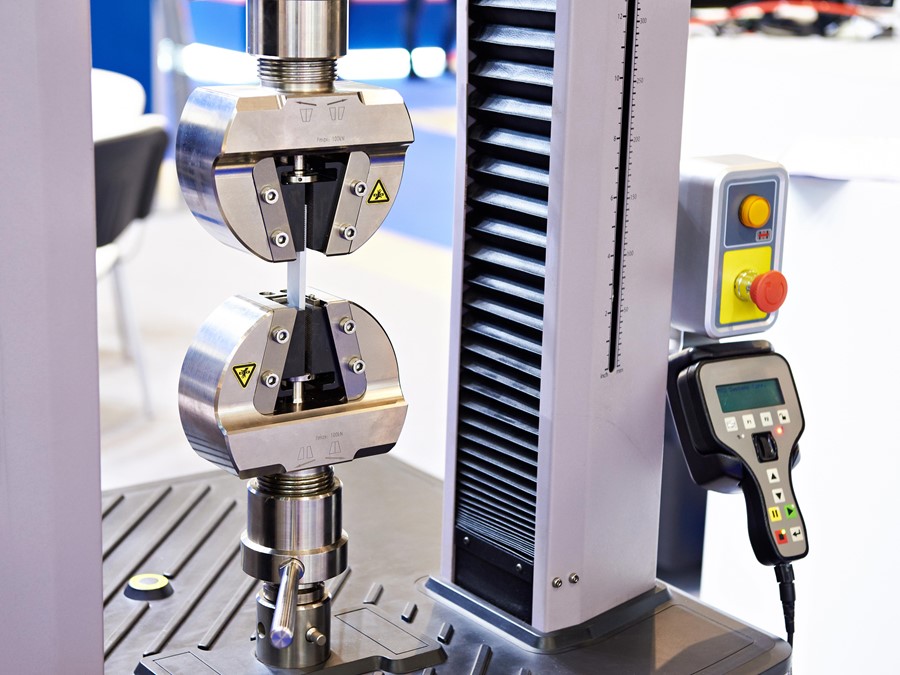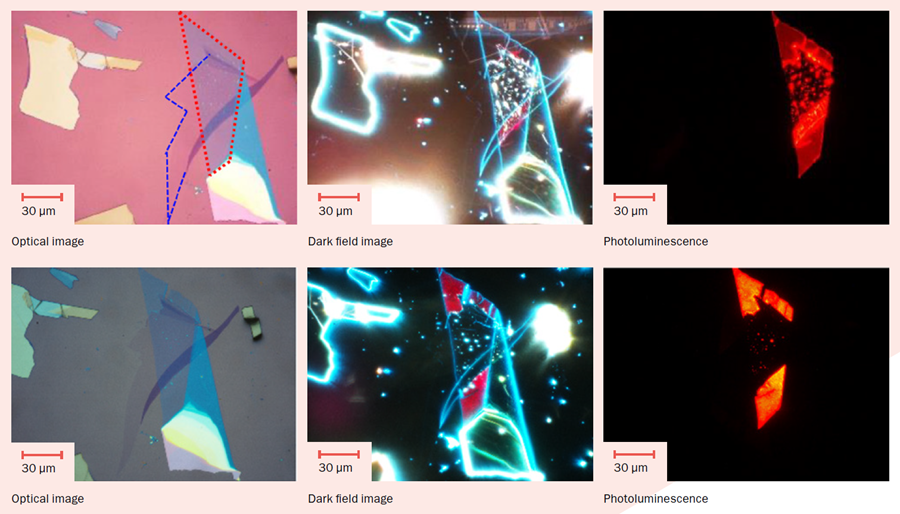Enabling new types of graphene and layered materials
Meet the team on the hunt for new layered materials and heterostructures.
Graphene Flagship scientists in the Enabling Materials Work Package develop scalable methods to prepare graphene and other layered materials. When combined like different ingredients in a sandwich, these layers form heterostructures – another of their research interests.
Their mission is to develop recipes to produce layered materials in large quantities and export these into production to deliver these new materials, still unavailable on the market, to other Graphene Flagship Work Packages and partners. In this article, meet the team behind the endeavours that underpin the research of many Graphene Flagship scientists around Europe.
Their story
The importance of creating a robust set of processes to develop and produce newly discovered layered materials was recognised very early on in the Graphene Flagship. In the early years of the Enabling Materials Work Package, they focused on developing scalable synthesis methods for graphene with properties suitable for a variety of applications.
As time went on, they shifted their focus to other layered materials. They are still committed to improving the quality of large area growth and transfer of graphene, but now, they also focus on hexagonal boron nitride (hBN) and transition metal dichalcogenides (TMDs).
As well as this, they optimise the synthetic methods to make layered materials, and develop new heterostructures that combine them, to provide new device functionalities or improve performance. They continually explore the large reservoir of new layered materials to find and develop new ones with great potential.
Their research
The Enabling Materials team provides the best quality of graphene and layered materials available to other Graphene Flagship scientists, who incorporate these materials into their devices and products. The materials provided are tailored to their specific applications and needs.
In addition, the team provides new materials that can be used as cathodes in batteries for the Energy Storage Work Package, and encapsulate large graphene crystals for optoelectronic devices where graphene can exhibit its best performance for the Photonics and Optoelectronics Work Package. They also provide inks with the ideal properties for printed devices, one of the focuses of the Flexible Electronics Work Package, and functionalised graphene specifically designed for biosensing.
Their impact
Using liquid phase exfoliation, scientists from the Enabling Materials Work Package achieved the synthesis of 2D platelets of non-layered iron pyrite (FeS2) using liquid phase exfoliation. These are stable in common solvents and can be size-selected and liquid-processed to produce lithium battery anodes with high capacities, approaching 1000 mAh/g.
Together with the Functional Foams and Coatings Work Package, they developed a new class of 2D conjugated metal-organic framework. These materials have been processed as flexible thin films for electrodes in high-performance micro-supercapacitors. Combined with graphene, layered metal-organic frameworks show outstanding cycling stability and have a very high areal capacitance.
They also prepared heterostructures of hBN grown on graphene using a lateral epitaxial deposition method. These heterostructures have highly ordered epitaxial interfaces, which are desirable to preserve graphene’s transport properties. The process is industrially relevant, and can be applied to a wide variety of layered materials.
Their future
The Graphene Flagship has been key to enabling many types of graphene-related research in the long-term, and has fostered many fruitful collaborations between researchers in the consortium. This is the case for most groups in the Enabling Materials Work Package.
Now that the Graphene Flagship has sailed into Core 3, their objectives have evolved to focus more on the synthesis of more – and better – layered materials. They are working hard to improve their properties, uniformity and reproducibility over large areas, helping the Graphene Flagship progress towards more and more complex architectures.

Enabling Materials produces layered materials with outstanding functionalities using very small amounts of raw material. This allows for the miniaturisation of many electronic and optoelectronic devices using few natural resources. By developing high-performance materials for batteries and supercapacitors, they contribute to the development of greener transportation methods like electric cars.

Images showing the cleaning effects of atomic force microscopy on a silicon dioxide (SiO2) surface. Credit: James Kerfoot




